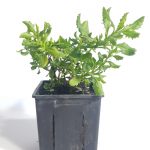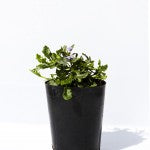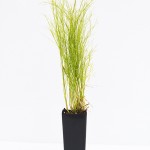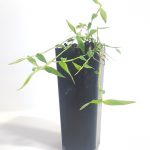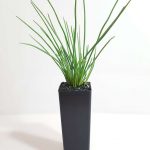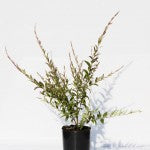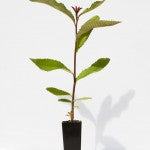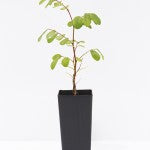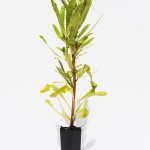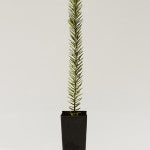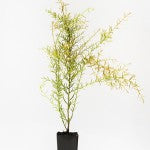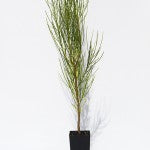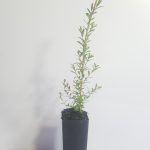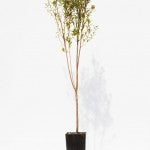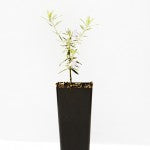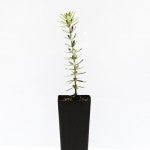AK Reptiles and Custom Background Designs
Wallum – Heathlands
Wallum – Heathlands
Couldn't load pickup availability
The name Wallum was used by indigenous people in reference to Banksia aemula a small tree common in dry coastal heath. Heathlands occur on the stabilised sand dunes and Heaths are essentially treeless plant communities dominated by low shrubs and various other ground flora. Australian heaths are invariably associated with low nutrient soils deficient in phosphorus and nitrogen. Where the soils are well drained (for example, deep sands or skeletal sandstones or granites) dry-heathland prevails. Where the soils are subject to prolonged periods of high soil moisture a wetter type of heath develops. In lowland (typically coastal) situations these wetter forms of heath are simply termed “wet heaths” or “coastal wet heaths”.
Plant communities are typically rich in species with the major plant families represented including: myrtles (Myrtaceae), proteas (Proteaceae), wattles (Mimosaceae), peas (Fabaceae), lilies (Liliaceae), and grass-trees and mat-rushes (Xanthorrhoeaceae). In some situations wet heaths may grade into true sedgelands dominated by rushes (Juncaceae), sedges (Cyperaceae) and node-sedges (Restionaceae).
Heath shrubs typically have small, evergreen, sclerophyllous leaves that display a number of xenomorphic (structural change as a consequence of a physiological process concerning moisture) adaptations to combat moisture stress and/or anaerobic (without oxygen) soil conditions (for example, waxy leaf surfaces, leaf hairs, thick leaves), as well as extensive root systems, often arising from lignotubers. Xeromorphy is a common feature among wetland plants and there is some evidence that it may contribute towards the tolerance of plants to high soil wetness as well as drought.
Share
In stock
